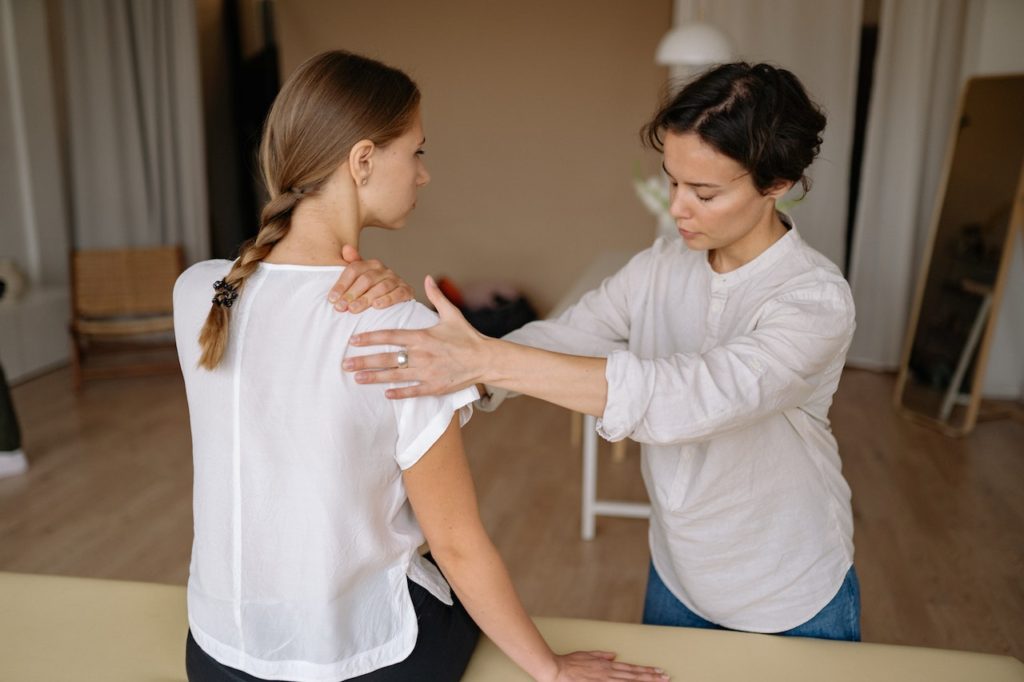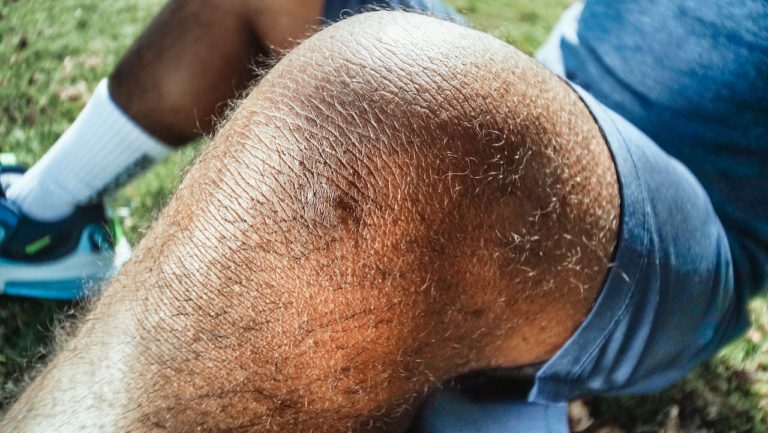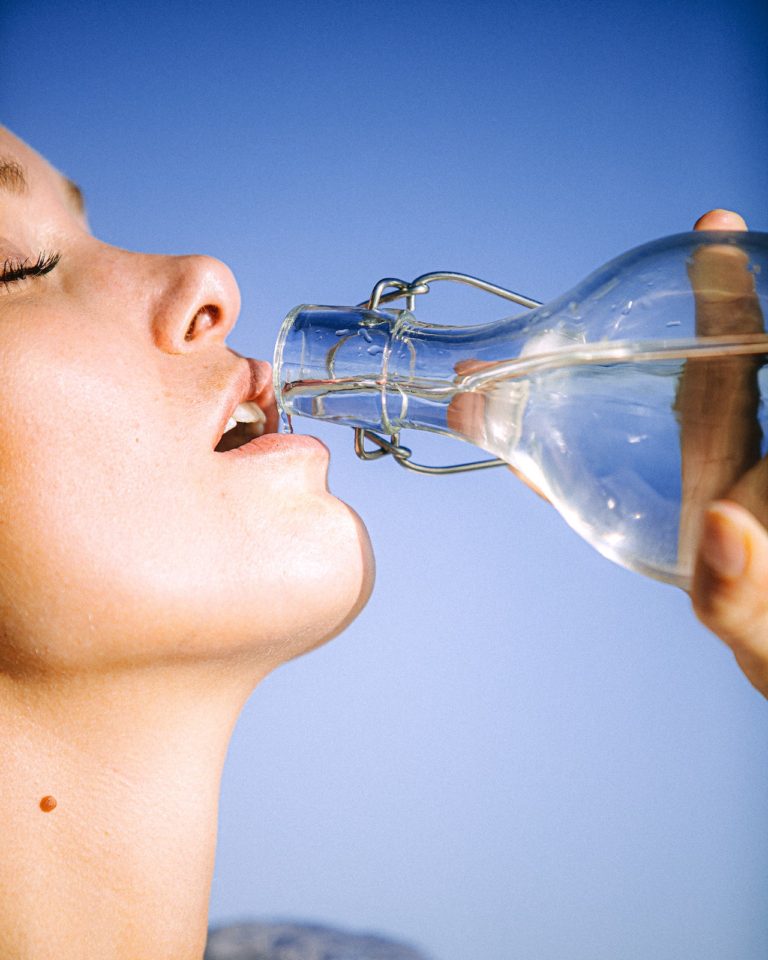At the heart of every sport is the potential for injury, and pickleball is no exception. Although it is a relatively low-impact sport, certain movements and techniques can put players at risk for injury. In this article, we will discuss some of the most common pickleball injuries and how to prevent them.
1. Shoulder Injuries
Shoulder injuries are one of the most common injuries in pickleball. The repetitive overhead motions, such as serving and smashing, can put strain on the rotator cuff and lead to inflammation, tears, or even dislocations. To prevent shoulder injuries, players should warm up before games or practices and stretch their shoulders thoroughly. It is also important to use proper technique and avoid overexerting oneself. I have had 2 shoulder surgeries in the past 10 years and if I have learned anything from this it is that when something hurts, stop and figure out what the injury is before making it worse!
2. Elbow Injuries
Elbow injuries, specifically tennis elbow, can occur in pickleball as well. This injury is caused by repetitive stress on the elbow, such as hitting backhands or forehands. To prevent tennis elbow, players should focus on using proper technique and avoid overuse. Using a comfortable grip and changing up one’s grip can also help prevent this injury.
3. Knee Injuries
Knee injuries are also common in pickleball, especially in older players. The quick movements and pivoting can put strain on the knees and lead to pain, inflammation, or even more serious injuries such as torn ligaments. To prevent knee injuries, players should wear proper shoes with good support and cushioning. It is also important to stretch and warm up before playing, and to use proper technique when moving and pivoting.
4. Ankle Injuries
Ankle injuries, such as sprains or strains, can occur in pickleball as well. The sudden starts and stops, as well as the pivoting, can put strain on the ankles and cause injury. To prevent ankle injuries, players should wear proper shoes with good ankle support and consider using ankle braces or wraps. It is also important to warm up and stretch before playing, and to use proper technique when moving and pivoting.
5. Back Injuries
Back injuries can occur in pickleball due to the twisting and turning motions involved in the sport. These injuries can range from minor strains to more serious conditions such as herniated discs. To prevent back injuries, players should focus on using proper technique and avoid overexertion. It is also important to stretch and warm up before playing, and to consider core-strengthening exercises to help support the back.
6. Wrist Injuries
Wrist injuries are common in pickleball, particularly among beginners who are still learning the proper technique for hitting shots. These injuries can range from mild strains to more serious conditions such as carpal tunnel syndrome. To prevent wrist injuries, players should focus on using proper technique and avoid overuse. This includes using a comfortable grip on the paddle, keeping the wrist straight when hitting shots, and avoiding excessive force when serving or smashing.
7. Heat-Related Illnesses
Playing pickleball in hot weather can put players at risk for heat-related illnesses such as dehydration, heat exhaustion, and heatstroke. To prevent these illnesses, players should drink plenty of water before, during, and after play, wear light-colored and breathable clothing, and take frequent breaks in the shade or in air-conditioned areas. It is also important to be aware of the signs of heat-related illnesses and to seek medical attention if necessary.
8. Eye Injuries
Eye injuries can occur in pickleball due to the fast-paced nature of the game and the use of plastic balls that can travel at high speeds. To prevent eye injuries, players should wear protective eyewear that is specifically designed for pickleball. This can help to protect the eyes from impact and reduce the risk of serious injury.
9. Hamstring Injuries
Hamstring injuries can occur in pickleball due to the sudden starts and stops involved in the sport. These injuries can range from minor strains to more serious conditions such as tears. To prevent hamstring injuries, players should focus on using proper technique and avoid overexertion. This includes stretching the hamstring muscles before play and using proper form when moving and pivoting.
10. Dehydration
Dehydration can occur in pickleball due to the hot and humid conditions in which the game is often played. To prevent dehydration, players should drink plenty of water before, during, and after play. It is also important to avoid caffeine and alcohol, as these can contribute to dehydration. Signs of dehydration include thirst, dry mouth, fatigue, and dark-colored urine.
Conclusion
In conclusion, while pickleball is a relatively safe sport, there is always the potential for injury. By focusing on proper technique, warm-up, and stretching, players can prevent many common injuries. It is also important to wear proper gear, such as shoes with good support and cushioning, to stay hydrated and to consider using braces or wraps for extra support. By taking these steps, players can stay healthy and injury-free while enjoying the game of pickleball.
Please note that this blog post contains Amazon affiliate links. This means that if you make a purchase through one of these links, the author of the blog may earn a small commission at no extra cost to you. The author only recommends products that they personally use and believe in. Thank you for supporting this blog.





